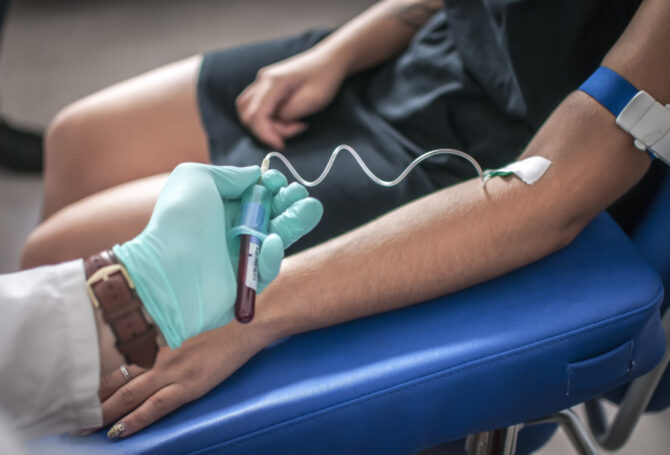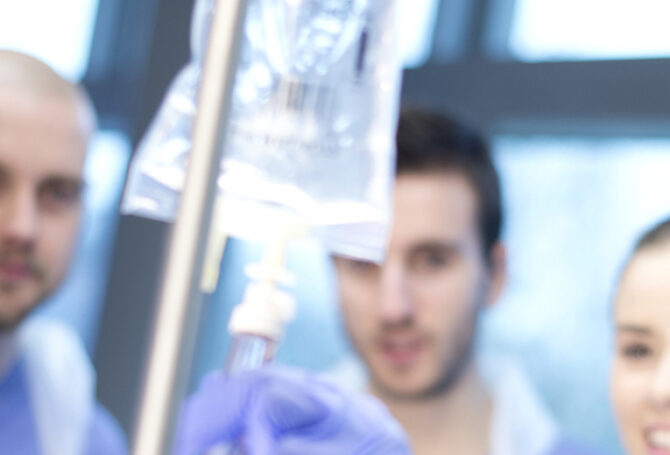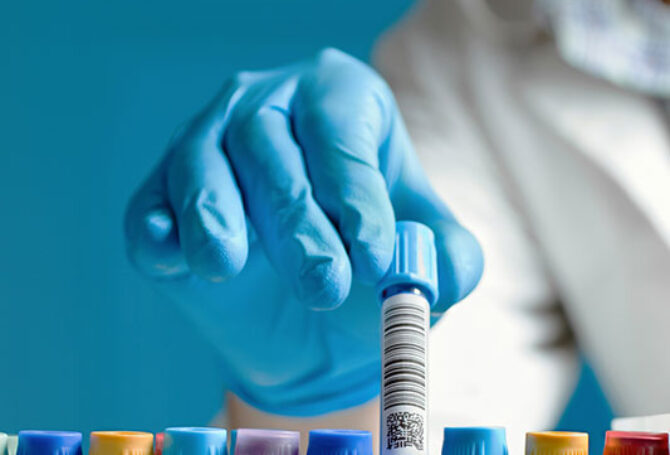As a phlebotomist, you play a critical role in the healthcare field by collecting blood samples that help diagnose and monitor a patient’s health condition. While your job plays a crucial role in healthcare, it’s equally important to have fundamental safety precautions in place to avoid the risk of infection and other potential hazards.
Here are some safety precautions that phlebotomists should take when performing phlebotomy procedures
- Proper Hand Hygiene
The first and most critical standard of safety precautions in phlebotomy is to maintain proper hand hygiene. Good hand hygiene is the first line of defense against infection and contamination. Always wash your hands thoroughly with soap and warm water before and after every procedure.
- Use of Personal Protective Equipment (PPE)
Phlebotomists must wear Personal Protective Equipment (PPE), such as gloves, masks, and gowns, to protect themselves from direct contact with patient blood or other body fluids. The PPE must be removed and disposed of properly to prevent contamination.
- Sterilization and Disinfection of Equipment
Phlebotomy equipment must be adequately cleaned, sterilized, and disinfected before and after every use. This ensures the prevention of infection and cross-contamination of patients’ blood and other bodily fluids.
- Proper Handling and Disposal of Needles
Needles should be disposed of immediately after use in a specialized needle-disposal container. Ensure that you handle and dispose of needles carefully to avoid accidental punctures while using them on patients.
5.Communication with Patient
Phlebotomists should communicate effectively with patients to promote an atmosphere of safety and to alleviate any potential fears or anxiety about the upcoming procedure.
Conclusion
In conclusion, phlebotomists play a critical role in healthcare by collecting blood samples for diagnostic purposes. To ensure the preservation of health and safety standards in phlebotomy, it’s important to follow the necessary safety guidelines to reduce the risk of infection and other potential hazards. By following these safety precautions, phlebotomists can effectively perform their job while minimizing risks to themselves and patients.




